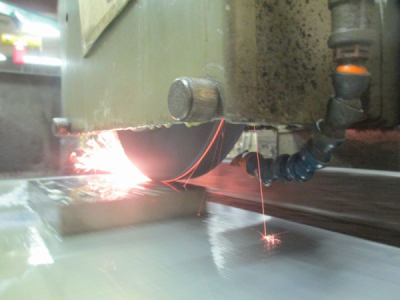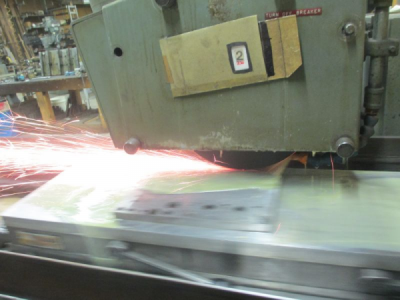- Joined
- Oct 27, 2016
- Messages
- 27
grinding I don't see how grinding, correct me if i'm wrong, is the last word in surface finish. my question is if grinders use wheels that are consumables how can this process be consistent for any length of work. Even a thin gear, after one pass on a tooth the wheel will be a smaller diameter, so on the next tooth to be grinded, it will be taller after it's grinding pass then the previous tooth and so on. and yes I realize these are very small amounts but still a difference. Am I missing something? do the machine taper depending on the wheel material or just step up slightly on every pass?




 . that's another reason I thought more was being taken off with grinders because of some many sparks. thanks for pics
. that's another reason I thought more was being taken off with grinders because of some many sparks. thanks for pics